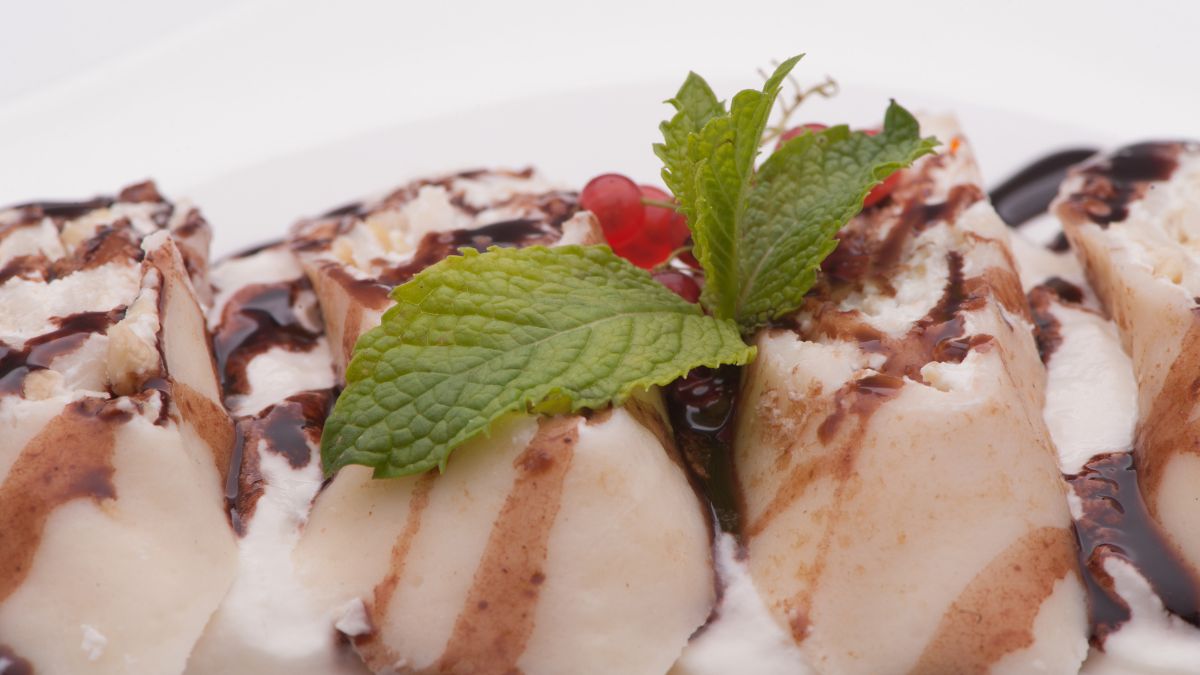Introduction
A hidden culinary gem, whose dark, deep appeal captivates taste senses, is slowly emerging from the heart of Italy’s rural regions. Vincotto, which literally means “cooked wine,” is a sweet and thick paste that captures the spirit of sun-ripened grapes and centuries of Italian tradition. From the grapevine to the dinner table, this essay investigates the process of making Vincotto.
The Art of Slow Cooking
The artful method of slow cooking and reduction is where vincotto gets its start. Local red wine varietals like Primitivo, Negroamaro, and Malvasia Nera are used to produce a non-fermented grape must that goes through a metamorphosis unlike any other. After hours of simmering, the liquid is miraculously reduced to around a quarter of its original volume.
The Magic of Caramelization
The spellbinding sweetness of Vincotto comes not from any added sugars, but rather from the natural alchemy of caramelization. The grape sugars become a golden, delectable syrup as they are slowly heated, imparting their distinctive flavour and aroma to the Vincotto.
From Vine to Vineyard
One must travel to the Italian vineyards to grasp the essence of Vincotto. The grapes are allowed to shrivel up on the vine for around 30 days before harvest. The longer the grapes are allowed to ripen, the more concentrated their flavours will be, leading to a more robust and nuanced paste.
Echoes of the Past
The flavour of Vincotto is as deep as its history. It was known as “sapa” in Latin and “epsima” in Greek in ancient Roman records. These are the names that are still widely used in Italy and Cyprus, a tribute to the sweet treat’s long history.
A Regional Treasure
Vincotto is not made in just one region of Italy, but all around the country. Vincotto is produced in a variety of Italian regions, including Emilia Romagna, Veneto, Lombardy, Apulia, Basilicata, Sardinia, and Marche.
Culinary Versatility
This is more than just a condiment. It’s a great addition to any cook’s toolkit because it enhances both sweet and savoury recipes. Explore the many applications of Vincotto in the kitchen.
Taste of Elegance
You’ll find that the refined sweetness of Vincotto goes well with many different foods. Cheese, sweets, and roasted meats all benefit from the wine’s fruity aromas and mellow acidity.
Culinary Artistry
Vincotto has been hailed by chefs all over the world for its magical effects in the kitchen. Learn how the best chefs in the world add a magical touch of Vincotto to their dishes by diving into the realm of gastronomy.
A Journey to the Future
It may have its feet firmly planted in the past, but it is not a museum piece. This Italian treasure is being reimagined and used in exciting new ways, assuring its continued place in today’s kitchens.
Conclusion
With its long history and continued popularity, vincotto represents the pinnacle of Italian culinary mastery. It’s a symphony of patience, skill, and the harmony of flavour that spans from the vines to your table.
FAQs
What does “Vincotto” mean in Italian?
The Italian word “vincotto” means “cooked wine.”
Is it only made from one type of grape?
In fact, Primitivo, Negroamaro, and Malvasia Nera are just a few of the native red wine grapes that can be used to create this sweet syrup.
How is the sweetness achieved?
The lengthy cooking method causes the grape sugars to caramelise, lending sweetness to the vincotto.
Which regions in Italy are known for producing Vincotto?
Emilia-Romagna, Veneto, Lombardy, Apulia, Basilicata, Sardinia, and the Marche are just a few of the areas that make this syrup.
What are some common culinary uses ?
Vincotto’s flexibility as a flavour enhancer has led to its use in several meals, from cheese and pastries to roasted meats.









